Watercolor paints are extremely versatile and can be used in many ways that we do not often consider. There are also many types and they range in opacity, viscosity and the materials they are made of. Here, we will take a quick look at how one local wildlife artist combines two watercolors of different opacities when sketching studies on an unconventional surface, pastel paper.
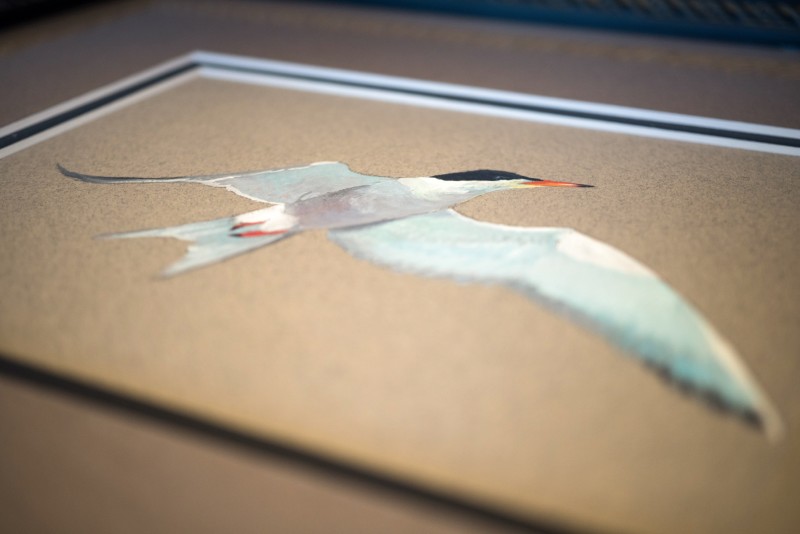
Detail of Watercolor Study/Sketch
Robert Barrett is an artist who lives near Doylestown, in Bucks County, Pennsylvania. He is best known for his paintings of the natural landscapes of the area and the birds, animals and plants that live within them. He has sketched and painted since childhood. Previously a teacher, he began working as a full-time artist in 1984.
Barrett's work has been displayed in galleries and shows throughout the United States and his paintings are part of many private and corporate collections. He has illustrated books, wildlife stamps and nature magazines. He has been the featured artist at several wildlife art shows, honored with solo exhibits at galleries and taught courses in watercolor painting. Barrett also hosts an annual exhibition in his home, to the delight of his collectors.
For this watercolor sketch of a bird, Robert Barrett chose Mi-Teintes, a pastel paper by Canson, as his painting surface. For his paints, he combined Royal Talens Gouache, which is opaque watercolor, and Winsor & Newton Artist's Watercolor, which is transparent.
Barrett chose the Mi-Teintes paper as his surface because he appreciates the available muted colors that work well as a background to play a single subject off, creating a more dynamic sketch than a white background would. Also, these papers are sturdy and handle the application of thick, opaque gouache without buckling. After he creates most of the sketch with the opaque watercolors, Barrett applies the transparent watercolors to tone colors and add highlights.
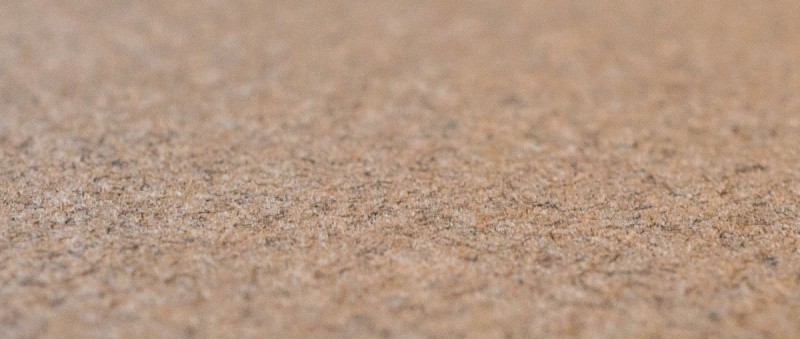
Detail of Canson Mi-Teintes Paper
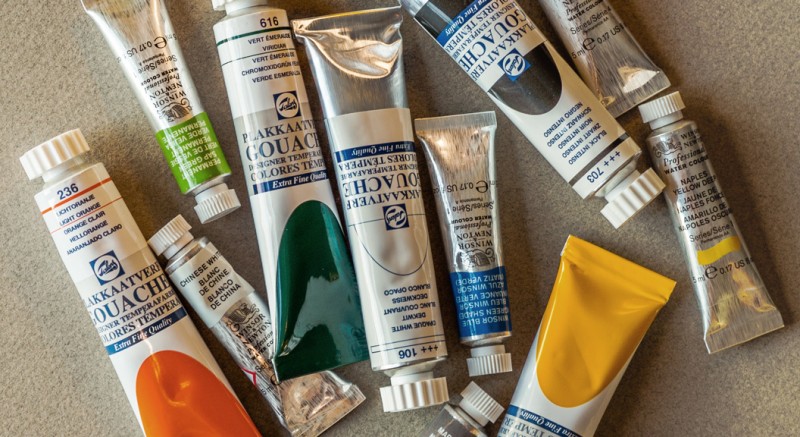
Opaque Gouache by Royal Talens & Transparent Watercolor by Winsor & Newton
This process allows Barrett to work on a study that is more detailed than a typical sketch may be and also creates a salable work of art on its own. His studies, like the example shown here, may be a small part or the main focus of a final painting. And, as you can see, his studies make for wonderful works of art worthy of framing and hanging in your home.
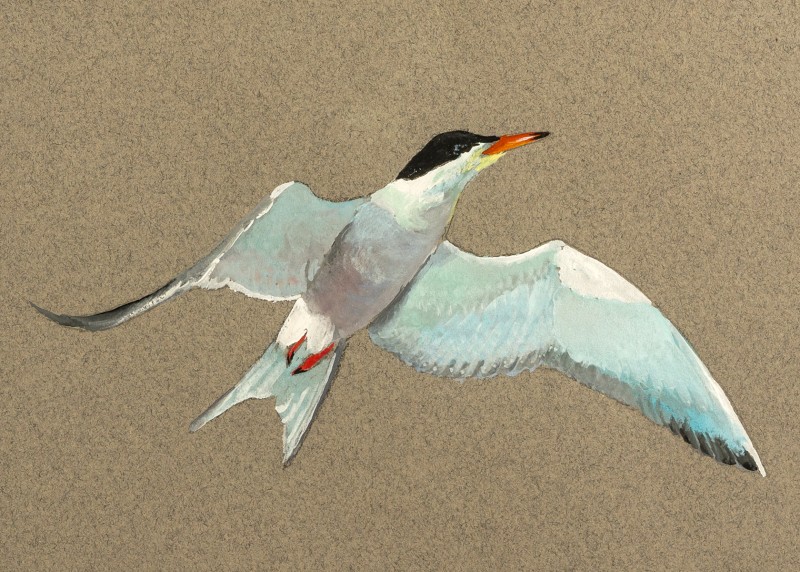
Watercolor Bird Study by Robert Barrett
At Phoenix Art Supplies & Framing, we take a lot of pride in framing our client's works the right way. Artists put a lot of time and, more importantly, their heart and soul into their work. And artists who invest in professional-quality art supplies understand the need to frame their work using methods that will protect their work for years to come and present it in an appropriate way. For watercolor sketches on archival paper, like Robert Barrett's, archival matboard is used. Not only do the matboards add an aesthetic appeal that complements the art very well, it holds it off the glass and acidity of the wood frame. Behind the artwork, is acid-free foam core. This once again protects the art from leaching chemicals.

Detail of frame and matboard
The frame does not touch the artwork (it's protected by the matboard and foamcore) and was a chosen for aesthetic reasons only. The dark, imperfect finish and organic lines of the frame compliment the subject and colors of the art well. This one-of-a-kind, original sketch is ready to hang!
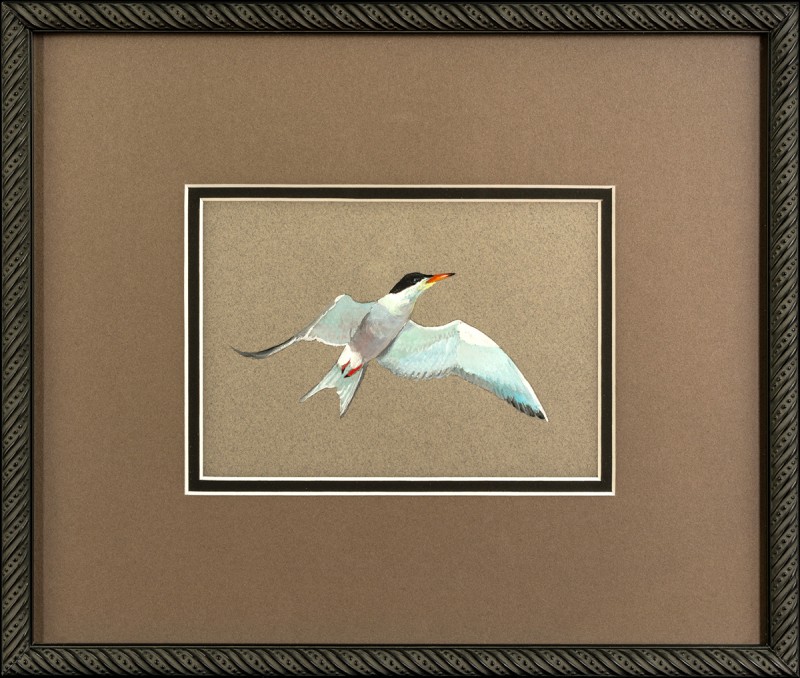
Robert Barrett Watercolor Sketch in Picture Frame